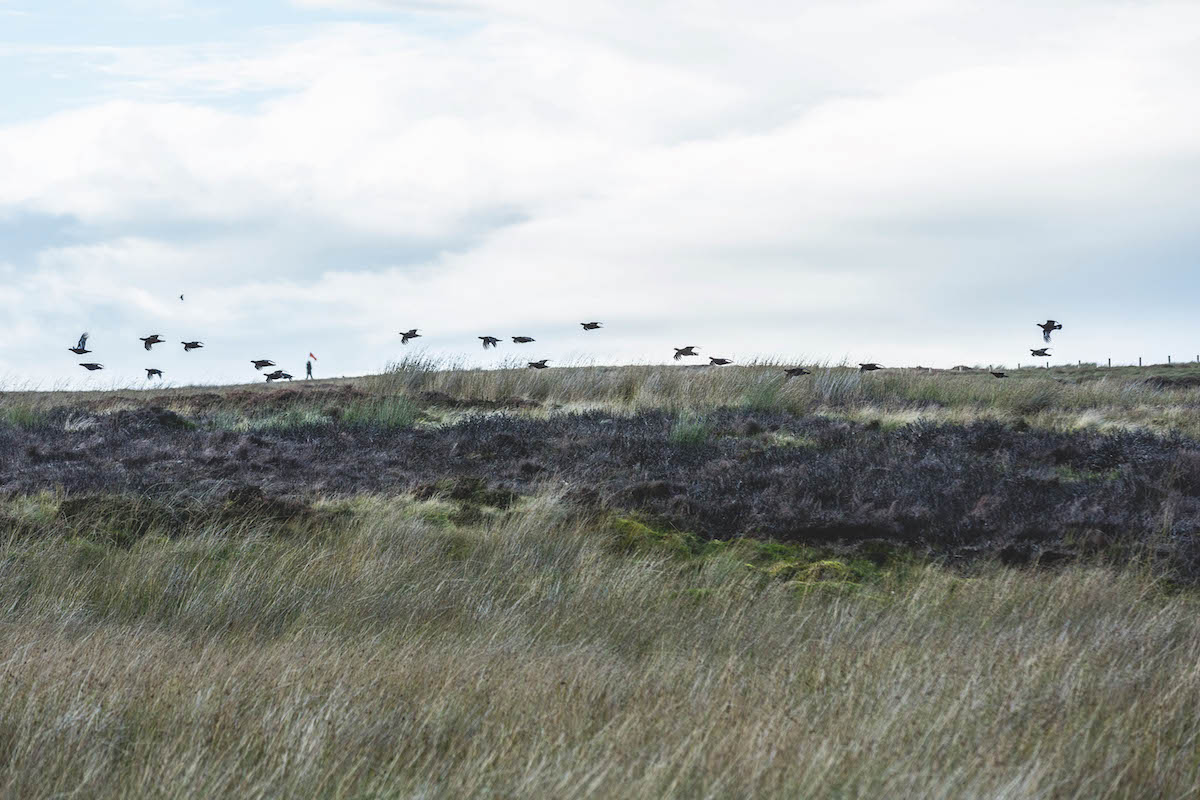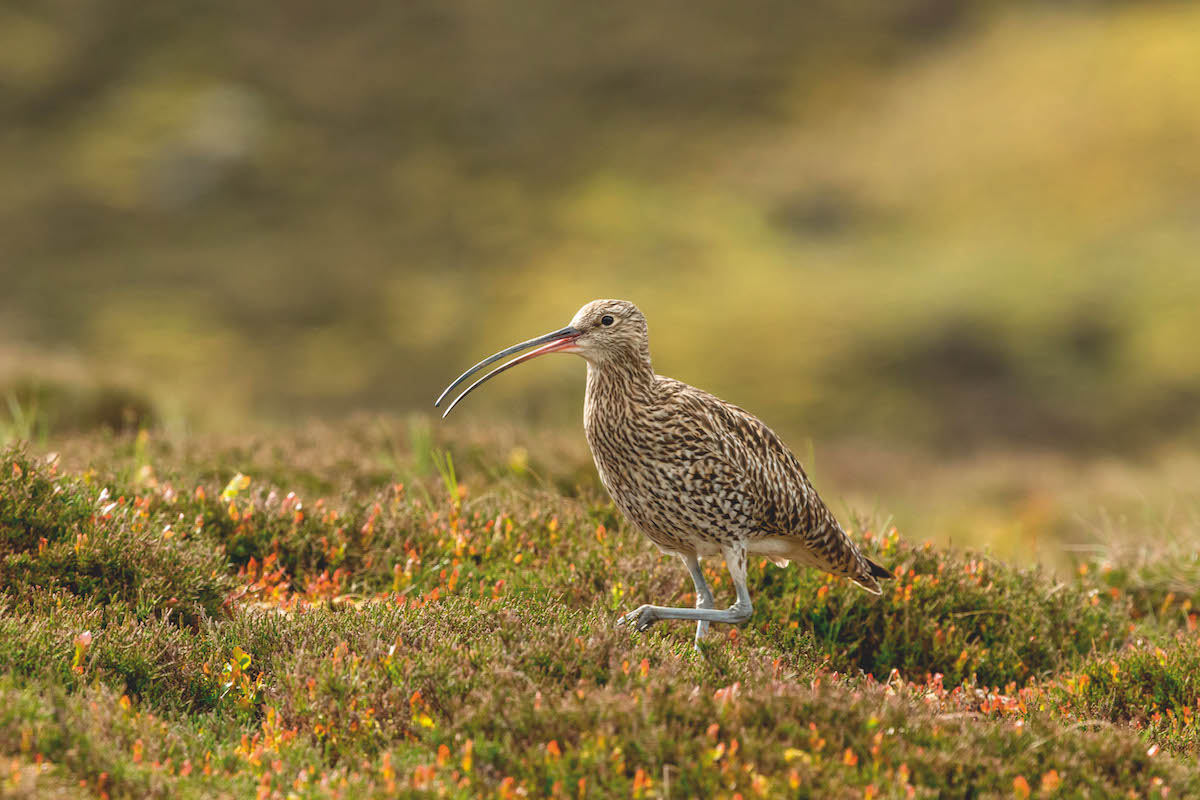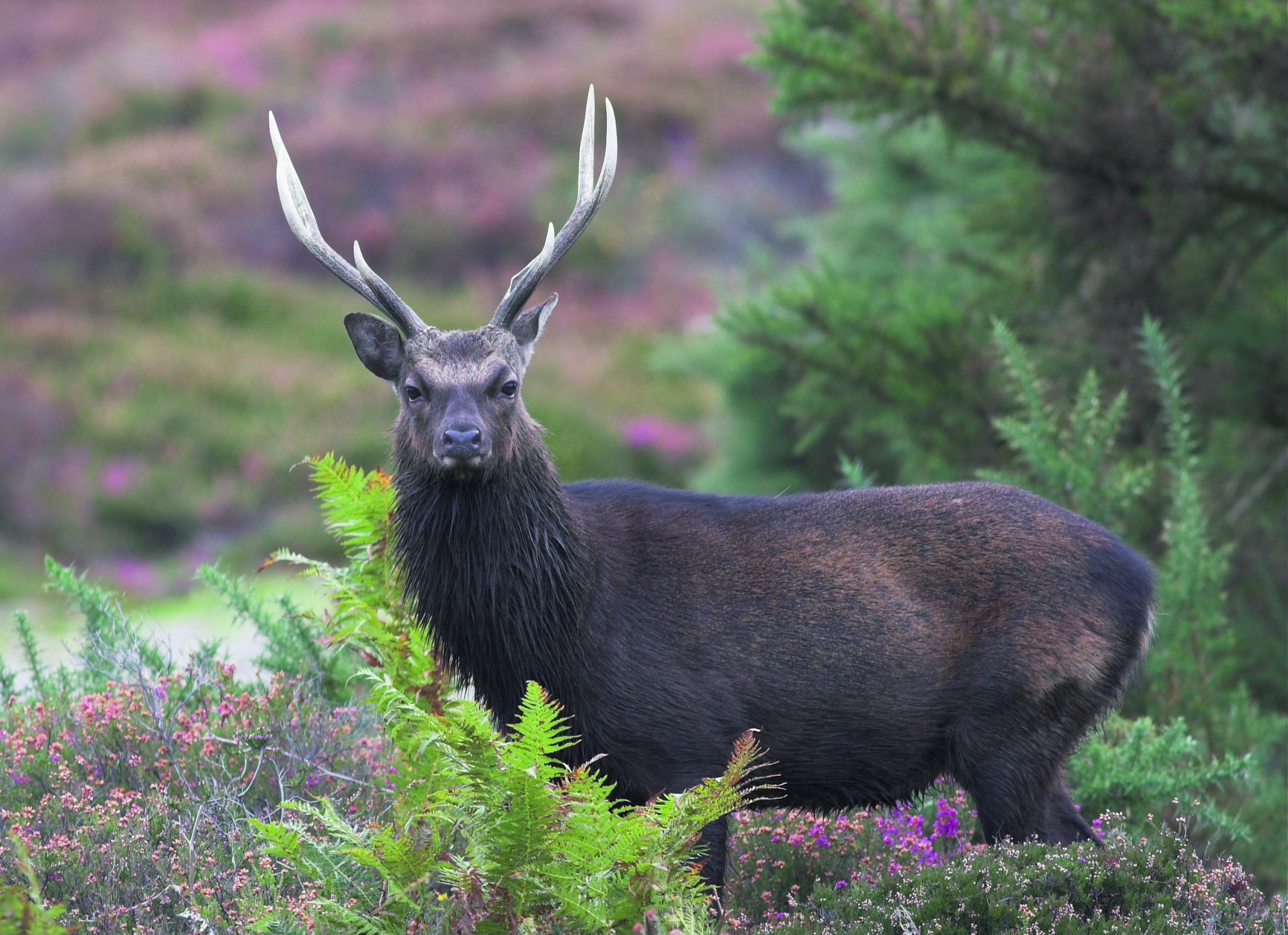News
What will happen if we no longer manage our moors?
Would you like to speak to our readers? We offer sponsored articles and advertising to put you in front of our audience. Find out more. Beautiful natural scenery, trough of Bowland, UK
Beautiful natural scenery, trough of Bowland, UK
The largest landholding company in Britain, United Utilities, with 56,000 hectares, folded under pressure and announced that grouse moor management will cease on its nine leased moors when those leases end. The company had already banned burning on them, so the management was either cutting heather and legal predator control anyway.
The change of tack came after Wild Moors, a green lobby agenda organisation, had, by becoming a shareholder, put itself in a position of influence. They then placed a resolution to the AGM in July 2021, which has been implemented. The leased moors will cease to be shot or managed once the leases expire, which will be on a staggered basis. A note of concern to all grouse moors will be the enthusiasm with which Kerry McCarthy, the shadow climate change minister, greeted the announcement, saying it was “great news” and ending with “not to mention the birds”, inferring that it was a good day for them.

Grouse shooting brings vital revenue to the moors, allowing keepers to manage this rare habitat
Gamekeeper Dan Fearis, who works on the Stiperden grouse syndicate near Todmorden, commented, “We were shocked to learn that the company is not going to renew our lease. Since we’ve managed United Utilities’ land we’ve counted increased numbers of raptors, hares, plovers, curlew and lapwings. All that’s now at risk. We’ve been told that the company views it as politically inexpedient to be seen to support shooting.” Sadly for the birds, the majority of them anyway, this announcement has signed their death warrant and, long term, Wild Moors may have to change its name to Wild Woods. This is not a good day for anything if you bother to look at the science, and it is certainly not a good day for all those employed by the shooting tenants. But that, as has been shown from north of the border where the Scottish government is emptying the glens of rural workers, seems to matter little to those who govern us.
“United Utilities is under pressure because of Environment Agency reports that show they have dumped untreated sewage more frequently than any other company, 70,000 times last year alone,” adds Dan. “This seems like a diversionary tactic and is a massive blow to our shoot and many others in this area. Unless the decision is changed, this will be our last season and that will have a big knock-on effect in the local community.”

Britain has been said to be home to 75% of the world’s heather moorland – but without grouse shooting, would that still be the case?
Man-made environment
The British Isles is home, or used to be home, to 75% of all the heather moorland in the world. I doubt if we can now claim that as millions of acres of it have been covered in pine forests. It is a predominantly man-made environment that has been created over thousands of years when man first began to clear the trees in order to graze animals and, at lower altitudes, cultivate crops on the cleared land. Like hay meadows and chalk grasslands, it is a product of our agricultural system.
The latter two we value greatly, and woe betide anyone who even suggested damaging them. So why change the management of our heather moorland? As far as I can see, there is only one thing that occurs there that is driving this, and it is grouse shooting. Setting that to one side, the management that is done for the grouse has, when done within the law, huge benefits for numerous other species.
The Special Protection Areas for breeding waders in England are all on the grouse moors, and the reasons are quite simple. Predator control and the clearance of old heather creates clearings in which the waders prefer to nest. This was shown many years ago in two PhD studies in Co Durham by Mark Whittingham and Glen Robson, who studied golden plover and curlew respectively. Glen in particular showed that some 20 pairs of curlew all chose burnt patches of heather less than three years old on which to nest.
We all know, as should Wild Moors and Kerry McCarthy, that the curlew especially is a red-listed bird in serious trouble, which this edict will only do more harm to.
Langholm Moor in Scotland is perhaps the most studied areas of moorland given the fact it was used by a consortium of organisations engaged in research into the hen harrier, that ground-nesting raptor and icon to the bird world. If the shadow minister and Wild Moors think that they are going to see United Utilities’ moorland holding swarming with harriers and waders, then they are in for a shock.
Look to Langholm and other moors that have been ‘abandoned’. Many are becoming woodlands — and not native woodlands, but sitka spruce forests with a scattering of native trees for good measure. In the absence of predator control, that top predator the fox then holds sway and no ground-nesting birds are safe. You can forget a ‘natural balance’ — this is not Norway or Sweden.
Langholm was bought by a local buyout with massive help from the Scottish government. Langholm Moor had a very good number of breeding harriers and a smattering of wading birds on it and had been subject to some very good heather restoration work by the gamekeeping team. Most of that restored ground, which had a lovely variety of moorland vegetation growing on it, including cranberries and other dwarf shrubs, has now been swallowed up under tree cover in the few years since the change of management.
There are, as far as I can ascertain, no wading birds left successfully breeding on the Langholm site, and the harrier numbers are so low the site should be denotified by NatureScot as not meeting its criteria for numbers. But that will not happen of course, as it would be a loss of face for the Scottish government as it is funding the local buyouts as part of its policy to break up private ownership of land.

Curlew often choose to nest in cleared areas of burnt vegetation
Change of fortune
Langholm is not the only moor to have undergone this change of fortune, and the common features from all the sites are the loss of diversity of birdlife as well as plant diversity. As the heather becomes very long, it acts almost like a miniature forest, blocking out the light to the understorey. Even sphagnum, the holy grail of moorland re-wetters, is scarcer under long, mature heather than when the canopy is opened up.
Managing that canopy is vital for so many things, not least in our warming, drying climate to mitigate wildfire risk. Thousands of years of peat can be burnt when a summer fire strikes. All that stored carbon is lost, and it will take another 1,000 years to replace it — and all because some in a position to do it want to stop grouse shooting.
This has nothing to do with carbon sequestration; if it was they would continue to manage the moors to keep our open spaces, like hay meadows, one of the rarest habitats in the world.
Related articles
News
PETA attacks royal couple for breeding cocker pups
The Prince and Princess of Wales have faced criticism from animal rights group PETA after they had a litter of puppies
By Time Well Spent
News
Farmers launch legal review against Reeves’s farm tax
Chancellor Rachel Reeves faces a judicial review over inheritance tax reforms that could force family farms out of business
By Time Well Spent
Manage Consent
To provide the best experiences, we use technologies like cookies to store and/or access device information. Consenting to these technologies will allow us to process data such as browsing behavior or unique IDs on this site. Not consenting or withdrawing consent, may adversely affect certain features and functions.
Functional Always active
The technical storage or access is strictly necessary for the legitimate purpose of enabling the use of a specific service explicitly requested by the subscriber or user, or for the sole purpose of carrying out the transmission of a communication over an electronic communications network.
Preferences
The technical storage or access is necessary for the legitimate purpose of storing preferences that are not requested by the subscriber or user.
Statistics
The technical storage or access that is used exclusively for statistical purposes.
The technical storage or access that is used exclusively for anonymous statistical purposes. Without a subpoena, voluntary compliance on the part of your Internet Service Provider, or additional records from a third party, information stored or retrieved for this purpose alone cannot usually be used to identify you.
Marketing
The technical storage or access is required to create user profiles to send advertising, or to track the user on a website or across several websites for similar marketing purposes.





